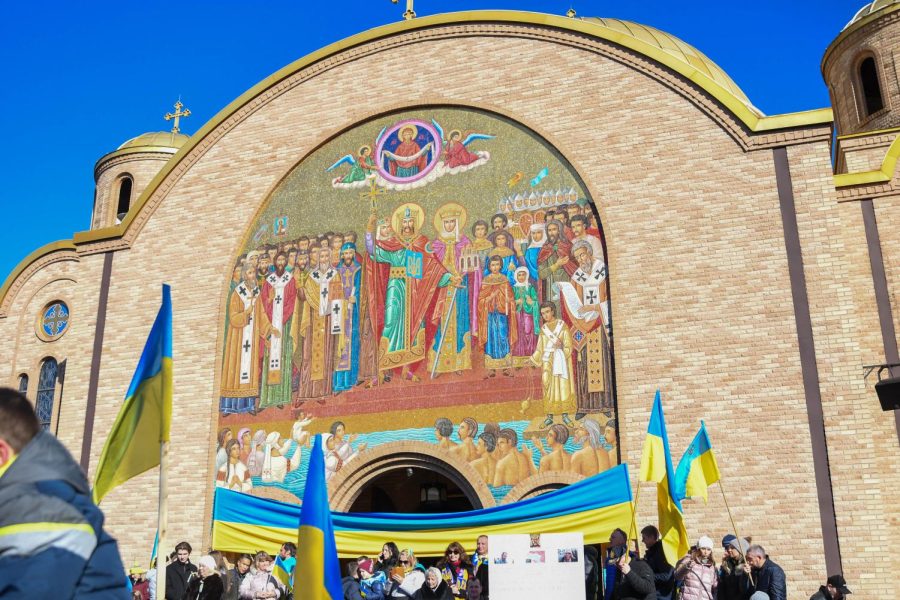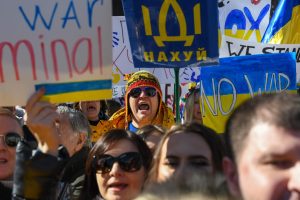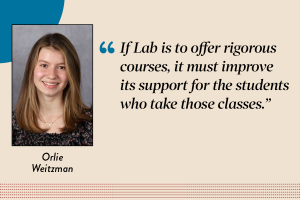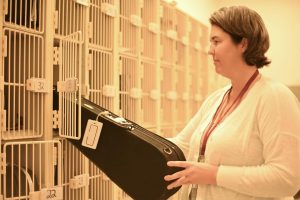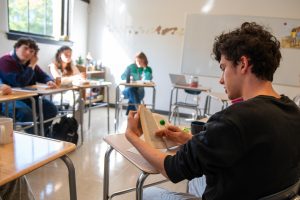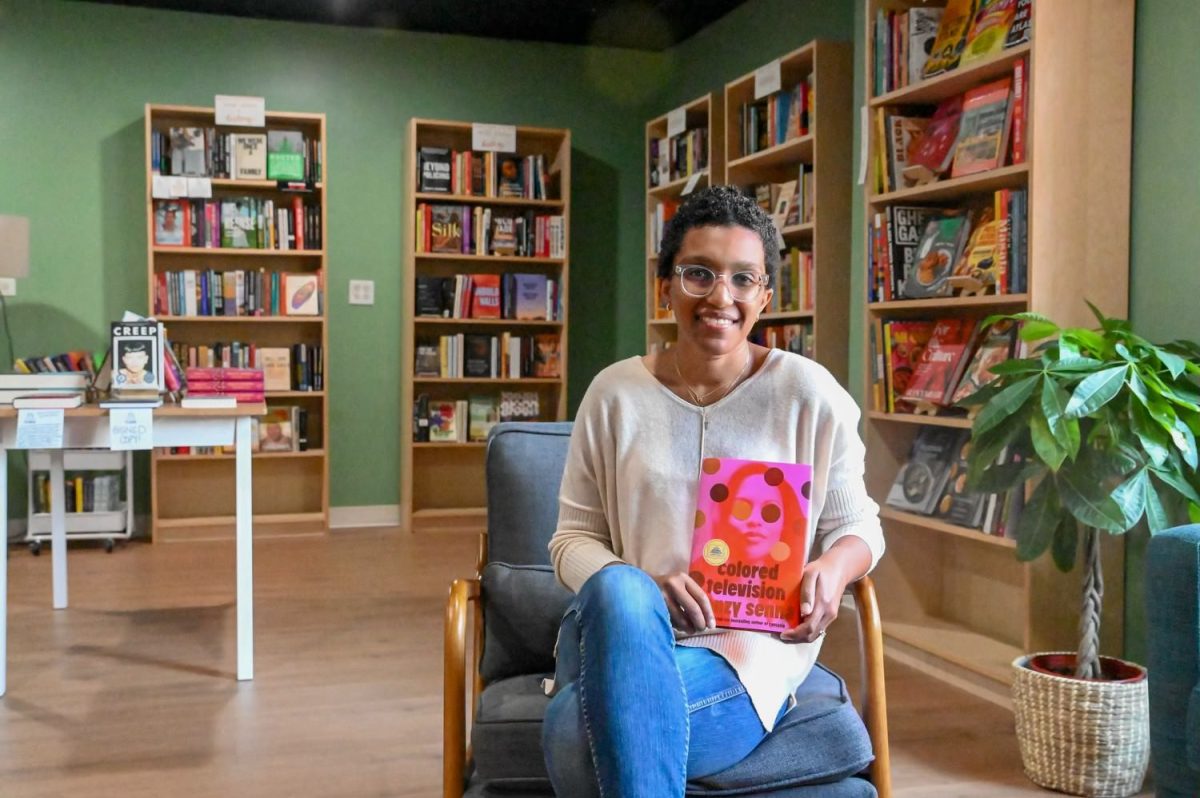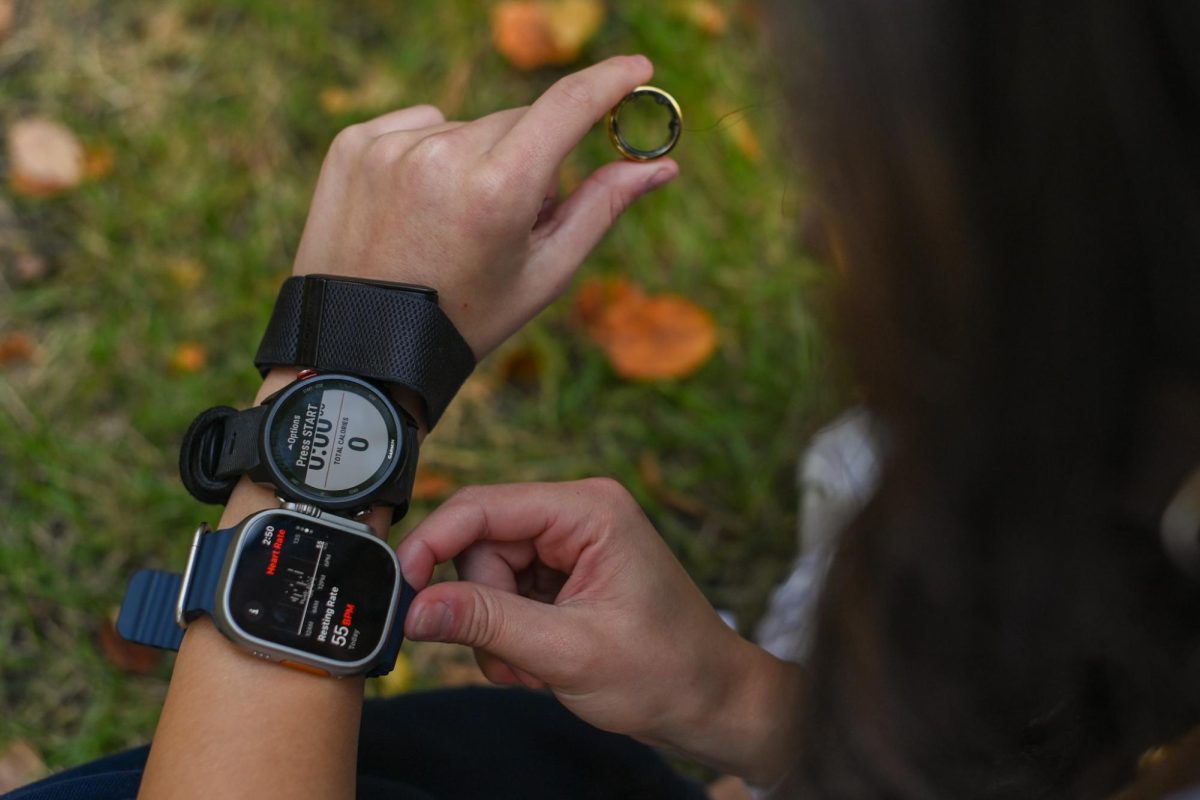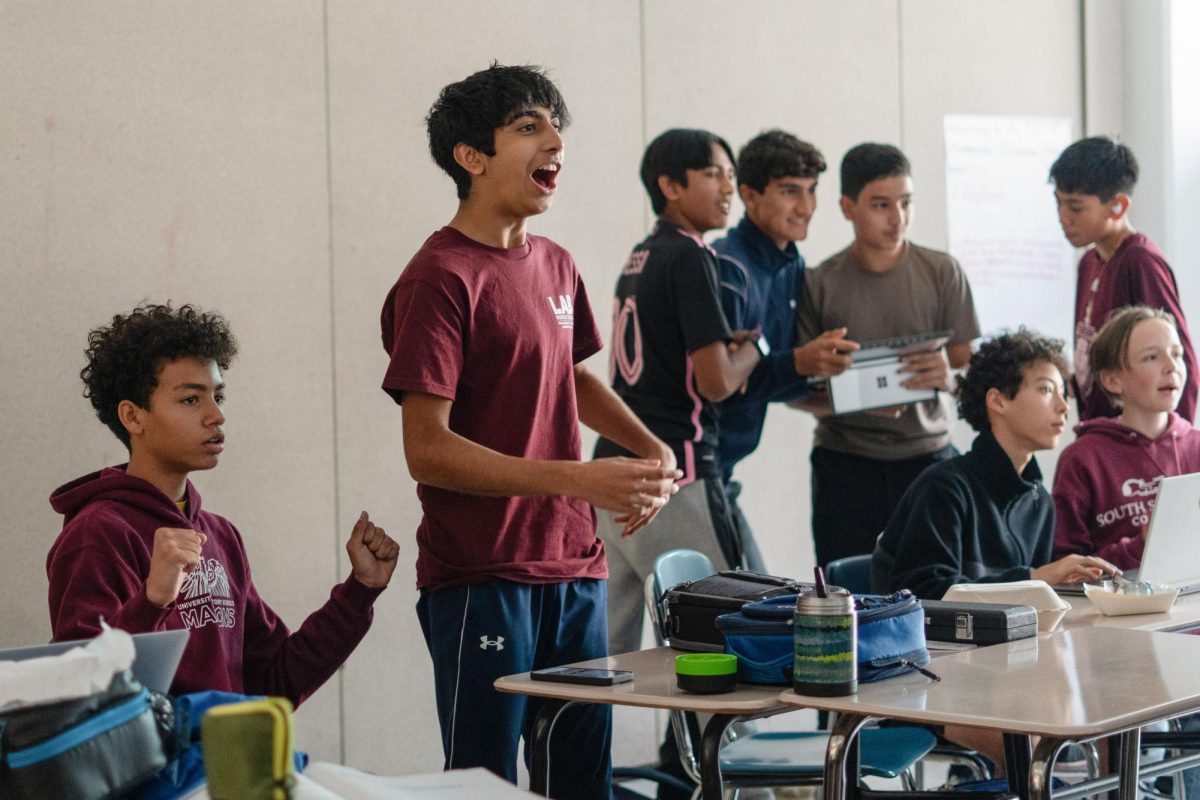Ukrainian Village celebrates its culture during tumultuous times
People rally in support for Ukraine outside of Saints Volodymyr and Olha Ukrainian Catholic Church, which is also across from the Ukraine National Museum.
March 3, 2022
Speakers blare “Slava Ukraini!” The crowd responds, “Heroiam Slava!” In Ukrainian this means “Glory to Ukraine! Glory to the heroes!”
Hundreds of members of Chicago’s Ukrainian Village community came together with supporters on Sunday, Feb. 27, to show support for Ukraine against Russian invasion. Across the street, people from in and around the community visit the Ukrainian National Museum and learn about Ukraine’s history and culture.
Since it was established in 1952, the Ukrainian National Museum has been a cultural hub where members of the Ukrainian Village community teach about their culture and heritage. Since the Russian invasion, the museum has become a place for members of the community to come together and spread awareness about ways to help.
Most of the collection, as well as funds for the museum, were donated by members of the community rather than wealthy, private donors. In fact, the amount of cultural and historical objects donated to the museum is so large that the museum keeps most of the collection in the basement and rotates what is on display.
Many of Chicago’s first-generation Ukrainian immigrants came to the United States from displaced persons’ camps after World War II. The community that was formed in the camps led to the formation of the communities in the United States as well as the formation of the museum.
“The displaced persons’ camps were a whole little mini-society, and they got sponsors and immigrated here, and that’s when they opened this museum to preserve the culture that was being completely demolished and squelched in the Soviet Union,” said Oryma Hrushetsky-Schiffman, museum executive board member. “And so they created this museum to preserve, and we have the biggest collection of Ukrainian immigrant archives in the world.”
The museum is home to a collection of Ukrainian historical artifacts including traditional beads, garments and pysanky. Pysanky are eggs painted with colored wax and intricately detailed in accordance with the region in which they are made. The museum also contains information about Ukrainian culture, including its traditions, music and dance.
“We have a dance ensemble called Hromovytsia,” Zoryana Byrne, a volunteer tour guide, said. “They do both modern and old types of Ukrainian dancing. My kids, they’ve been in it for 10-years-plus now.”
The museum also follows the journey of Ukrainian immigrants from the Holodomor famine to displaced persons’ camps in Germany. The Holodomor was the withholding of grain from Ukraine in 1932-1933 by Joseph Stalin and the Soviet Union, which resulted in the deaths of 3 million people and many fleeing to German work camps.
The museum space is small with only five rooms, but the walls and display cases are filled with artifacts and informative posters. Its current temporary exhibit displays photos from a Ukrainian American artist of the Revolution of Dignity in 2014, when revolutionaries in Ukraine were violently suppressed by Russian military intervention. This part of the exhibit was set up this month as a reminder of the 2014 event during the current Russian invasion.
The museum has seen increased traffic because of the Russian invasion. Many in Ukrainian Village, as well as Ukrainians from other neighborhoods and outside the city, have reached out to the museum to find out how they can help the situation. Some ways that people have helped Ukraine have been by donating to organizations helping refugees in Poland or by directly supporting the Ukrainian military.
“We are all staying in touch with somebody, all of us, and we are telling them constantly how much help they’re getting from the whole world,” Ms. Hrushetsky-Schiffman said. “We’re trying to keep their morale up, and then there’s also videos we’re sharing of just incredible courage and bravery, and that is a morale booster amongst us.”
On Feb. 27, members of the community gathered across the street on the steps of the Saints Volodymyr & Olha Ukrainian Catholic Church for a rally in support of Ukraine. Gov. J.B. Pritzker and Chicago Mayor Lori Lightfoot both attended and spoke at the rally along with other elected officials. Ukrainian music was played and the continuing chant of “Slava Ukraini!” was constant in the air.



